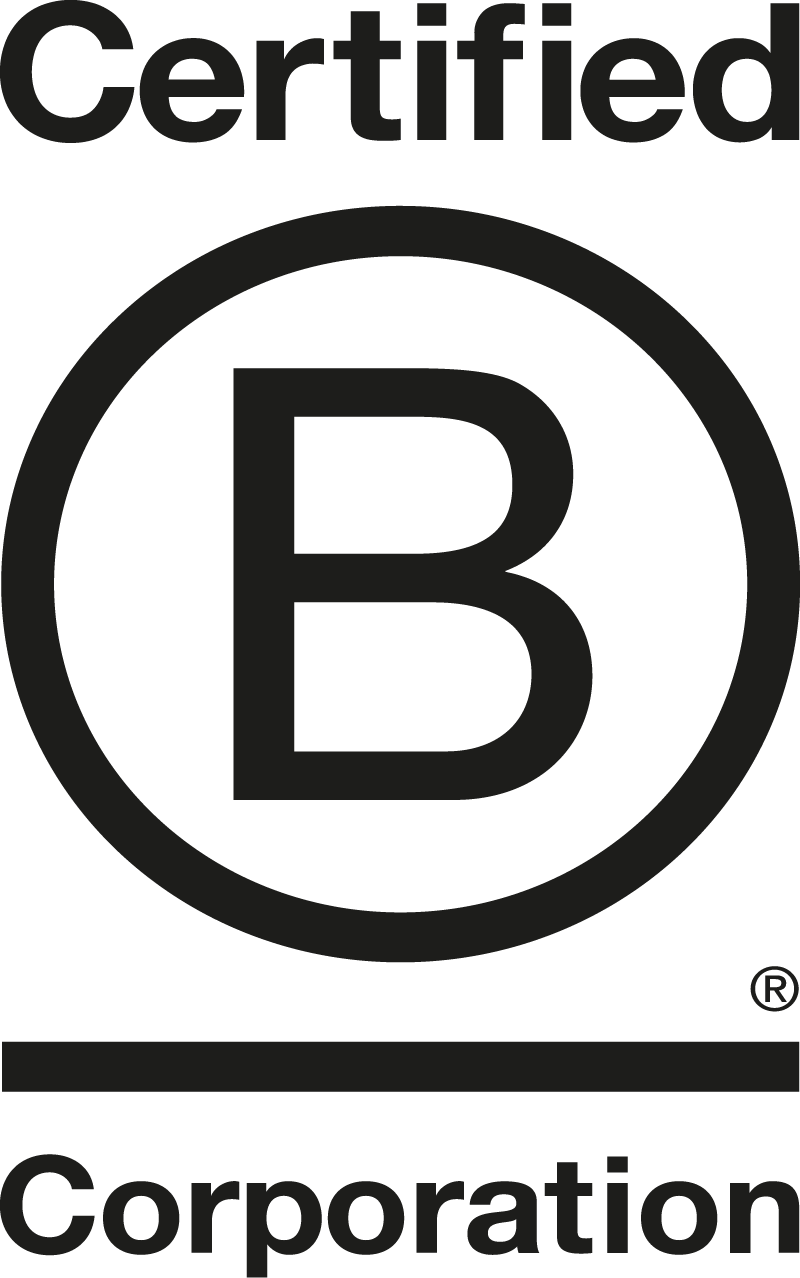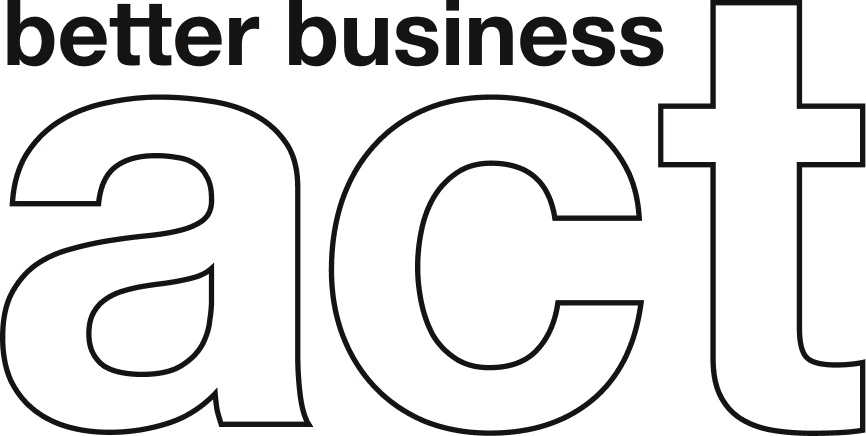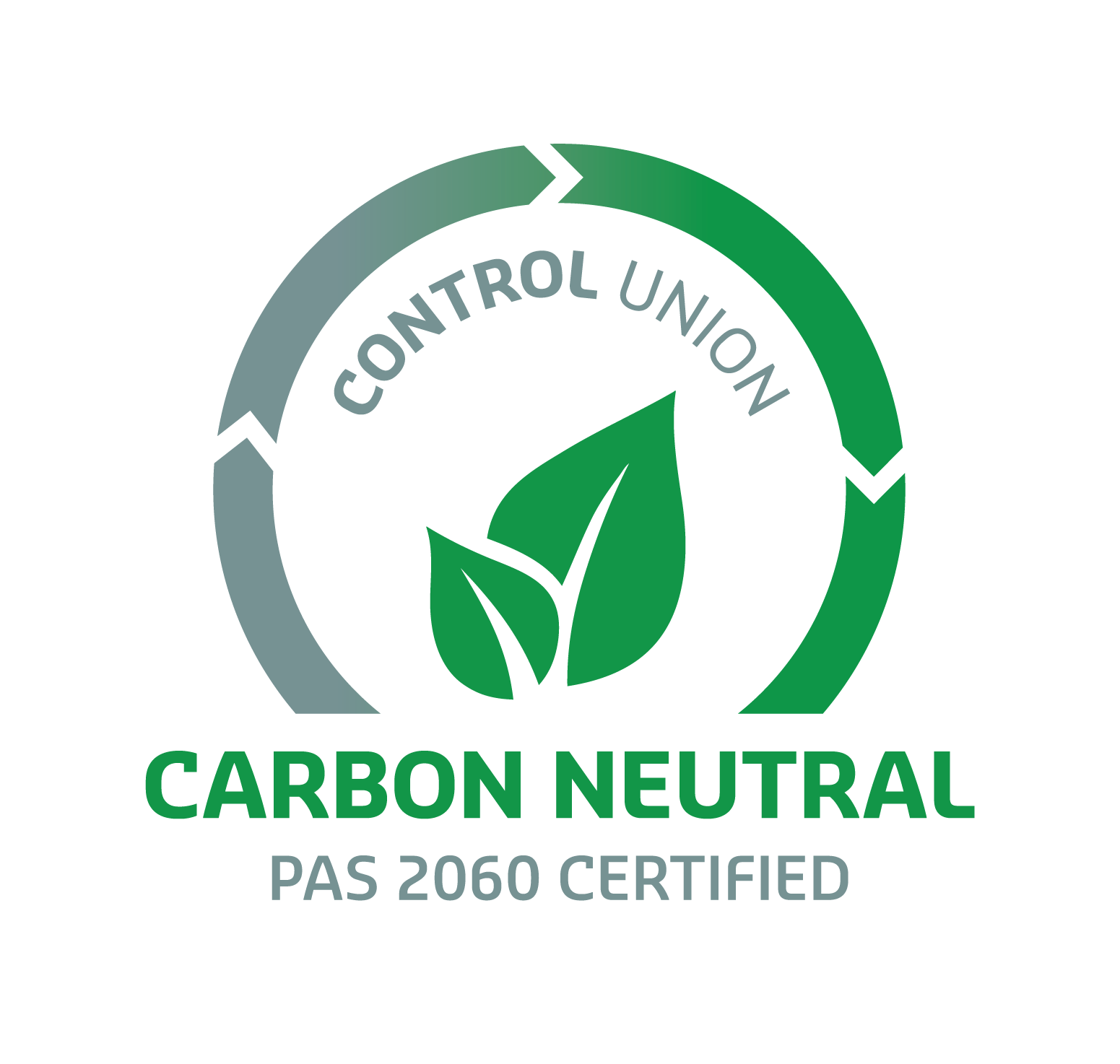We’re incredibly excited to announce a monumental achievement: Project Merchandise is officially a carbon neutral company!
Read on to learn more about how we made it happen and what it means for us and for you.
We’re passionate about crafting high-quality products that resonate with brands and connect with audiences. But that passion extends beyond the tangible. To be more than just a merchandise company, we’ve always recognised the importance of making a genuine commitment to operate in a more sustainable way.
Achieving carbon neutrality has been a year-long journey filled with meticulous planning, comprehensive data collection, and a lot of learning. Here’s a closer look at what this milestone entails.

What does it mean to be Carbon Neutral?
In simple terms, being carbon neutral means that we’ve measured our emissions, committed to reduction targets, and balanced our climate impact using verified offsets. In doing so, we’ve made a significant step towards a more sustainable future for merchandise.
To achieve certification a company must complete all three steps, before publicly reporting on the achievement.
Measuring Our Impact: Scopes 1, 2 & 3
To understand carbon neutrality, it’s important to grasp the concept of greenhouse gas emissions, measured in carbon dioxide equivalents (CO2e). These emissions contribute to climate change, and businesses like Project Merchandise have an impact through their entire value chain.
The first step to achieving carbon neutrality is to focus on measuring our emissions across all three scopes, as defined by the Greenhouse Gas Protocol:
- Scope 1: Direct emissions from our own operations (think company vehicles and energy use in our facilities).
- Scope 2: Indirect emissions from purchased electricity, heat, or cooling.
- Scope 3: All other indirect emissions across our entire supply chain, from sourcing materials to product transportation and end-of-life.
For a business like ours, which sources products, Scope 3 emissions represent the most significant portion of the overall footprint. This is because it includes emissions generated by our suppliers, as well as theirs, during raw material extraction, manufacturing processes, product transportation, and even the eventual disposal of the products at the end of their useful life.
While Scope 1 and 2 emissions are directly under our control and easier to measure, Scope 3 presents a unique challenge in gathering comprehensive data from a complex network of suppliers.
Despite that hurdle, we were able to gather complete or partial data for 84.7% of our transactions. For the remaining instances, we made reasonable assumptions based on industry benchmarks to create a comprehensive picture, while applying an emissions penalty to ensure we weren’t under-reporting.
Moving forward, we’re actively working with our suppliers and partners to improve the quality of our emissions data. This step is crucial for developing and delivering on a comprehensive carbon reduction strategy.
Verification and Transparency: The Path to Carbon Neutrality
Measuring our emissions was just the first step. To ensure the accuracy and credibility of our data, we engaged Control Union Certifications Germany, a highly respected independent certification body, to verify our emissions calculations. They assessed our processes against the PAS 2060:2014 standard, a globally recognised framework for carbon neutrality and one of few officially verified routes to achieving the status.
PAS 2060 might sound like jargon, but it essentially provides a roadmap for organisations like Project Merchandise to achieve carbon neutrality. It outlines best practices for measuring, reducing, and offsetting emissions.
The verification process involved a thorough examination of our data collection methods, emissions calculations, and the supporting documentation for our carbon reduction plan. We’re proud to say that our efforts passed with flying colours!
The Journey Continues: Reducing Our Footprint
Our verified emissions for the period of September 1st, 2022, to August 31st, 2023, amounted to 815.32 tonnes of CO2e. While this number represents our baseline, it’s not the end goal.
The carbon neutrality certification process requires a qualifying explanatory statement, a document which includes an outline of a business’s plan for ongoing emission reductions. Our plan sets an ambitious target: a 5% reduction in our emissions intensity over the next year.
Becoming a carbon neutral company is a significant milestone for Project Merchandise, but while we’re incredibly proud, we know it’s just the beginning. We’re excited to get to work implementing our carbon reduction plan and exploring further sustainable practices across our operations.
Ready to Join Us on the Journey?
If you share our passion for creating high-quality merchandise while minimising our environmental impact, we’d love to hear from you!
Contact us today to discuss how we can help you create meaningful merchandise that reflects your brand values and contributes to a greener future.



